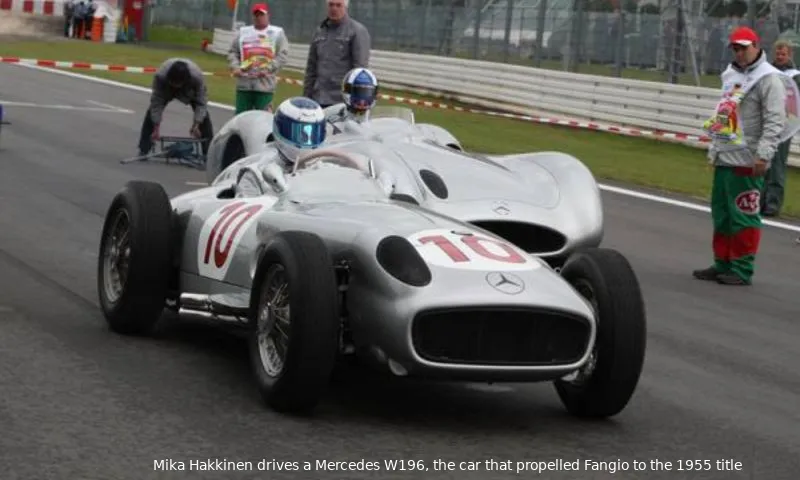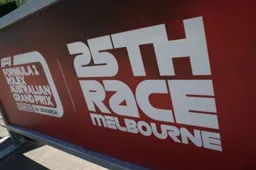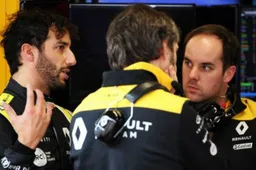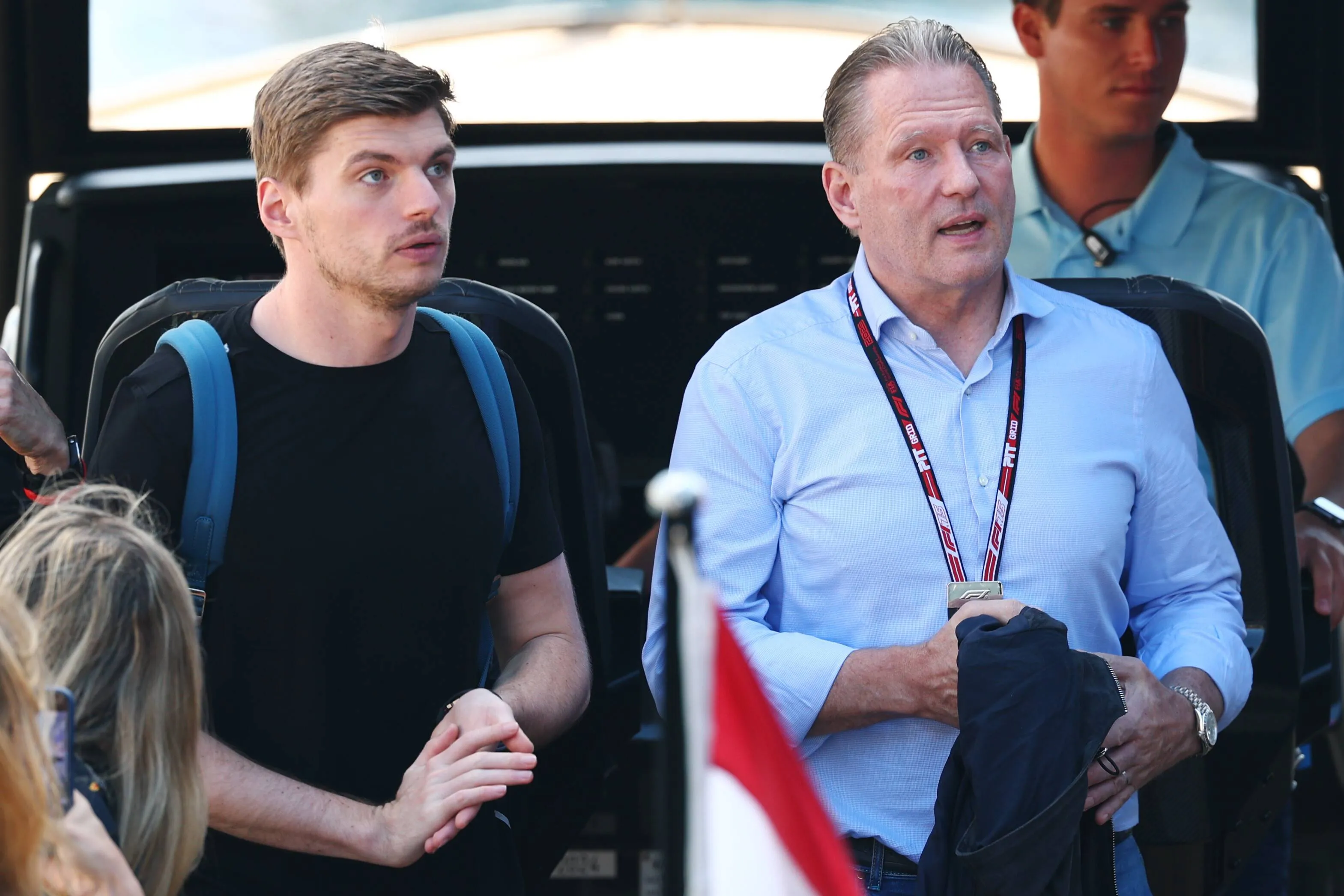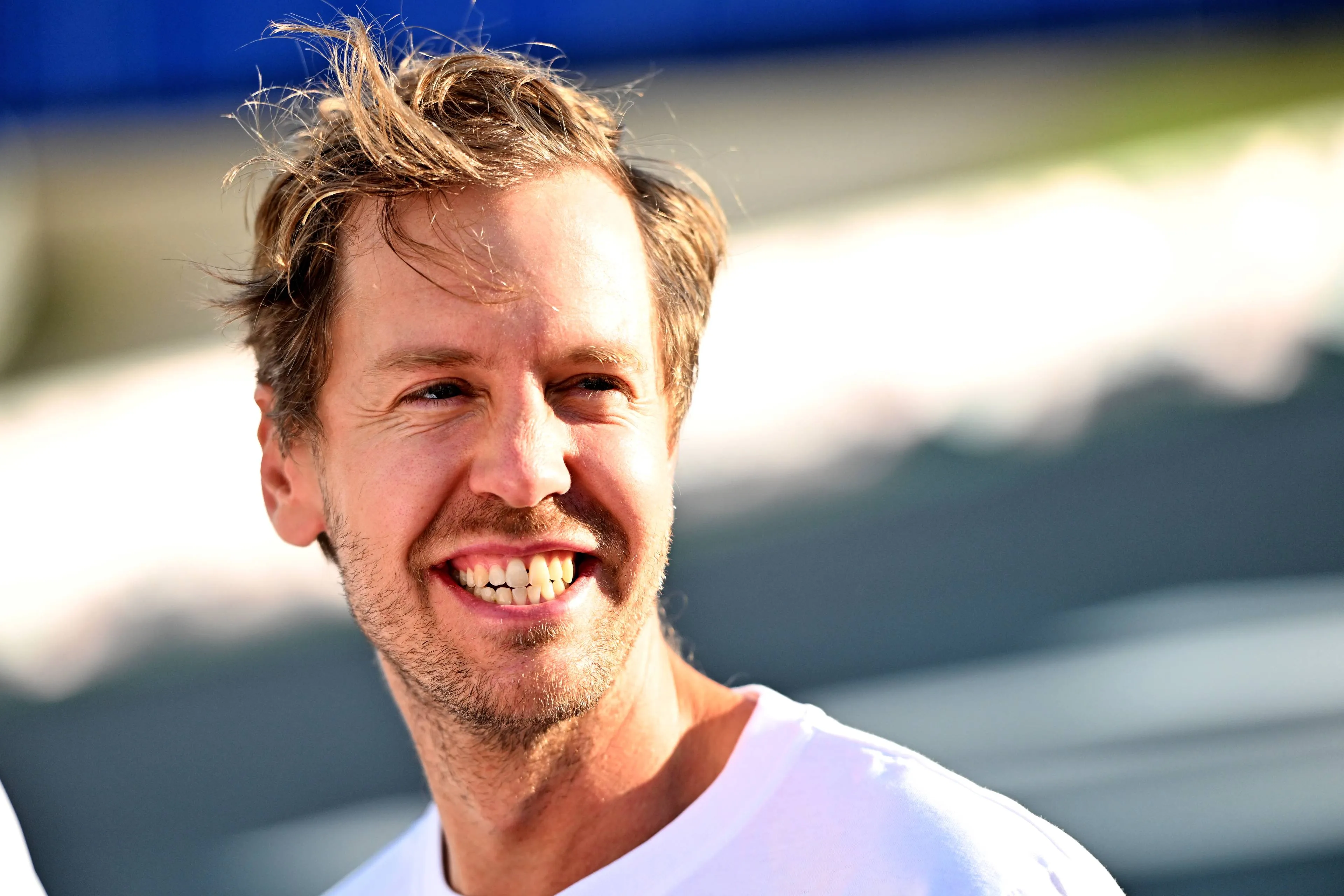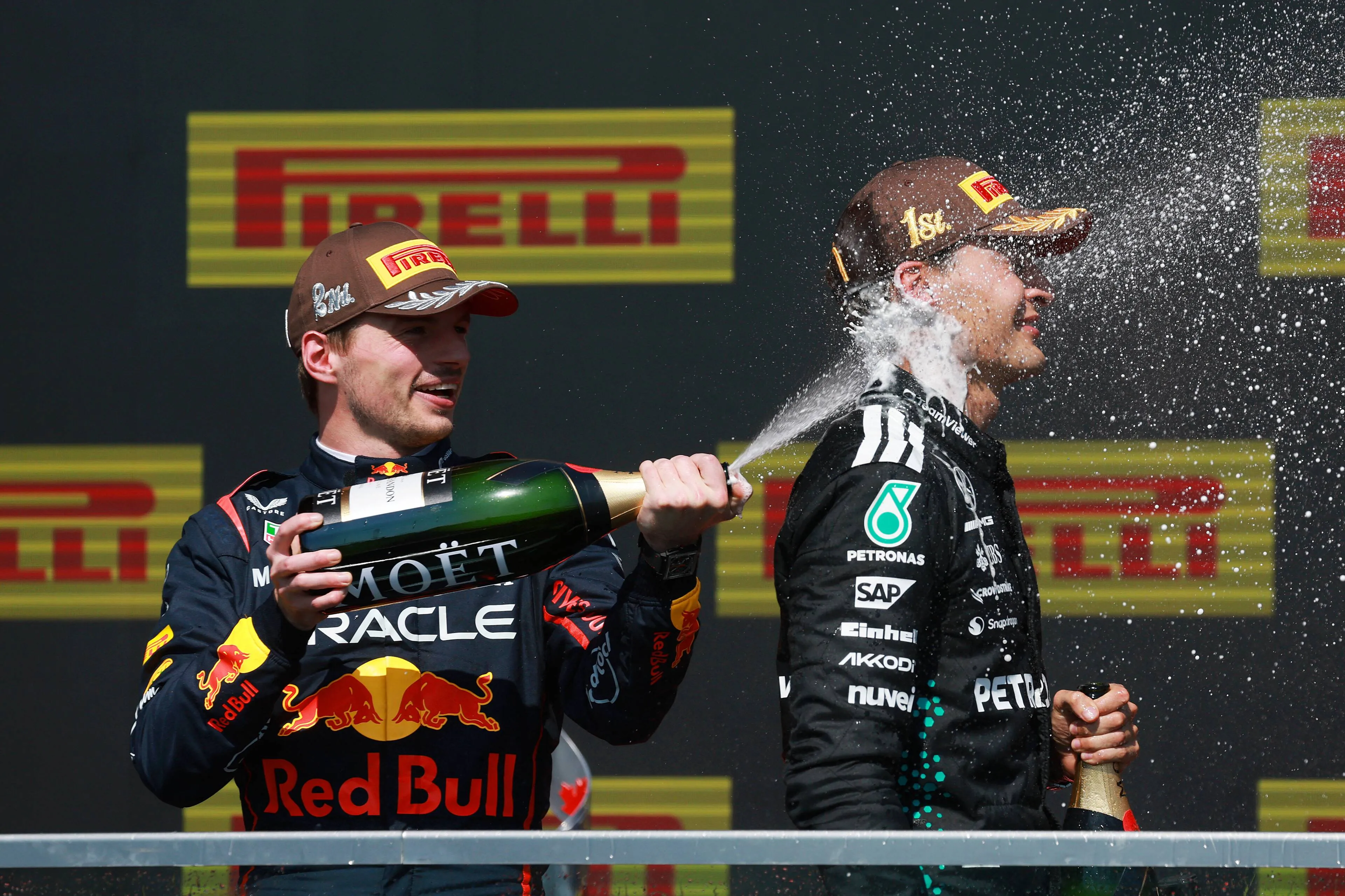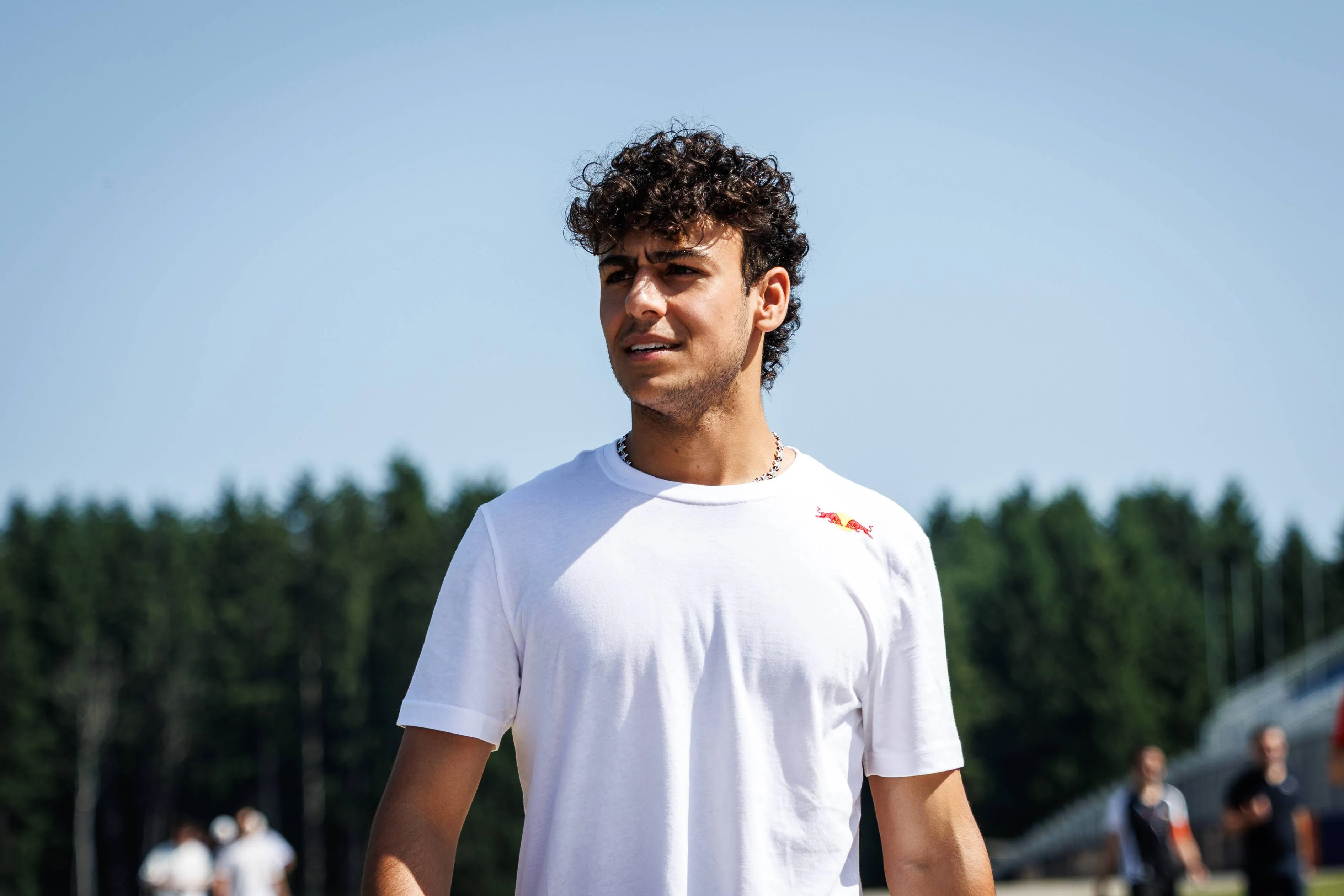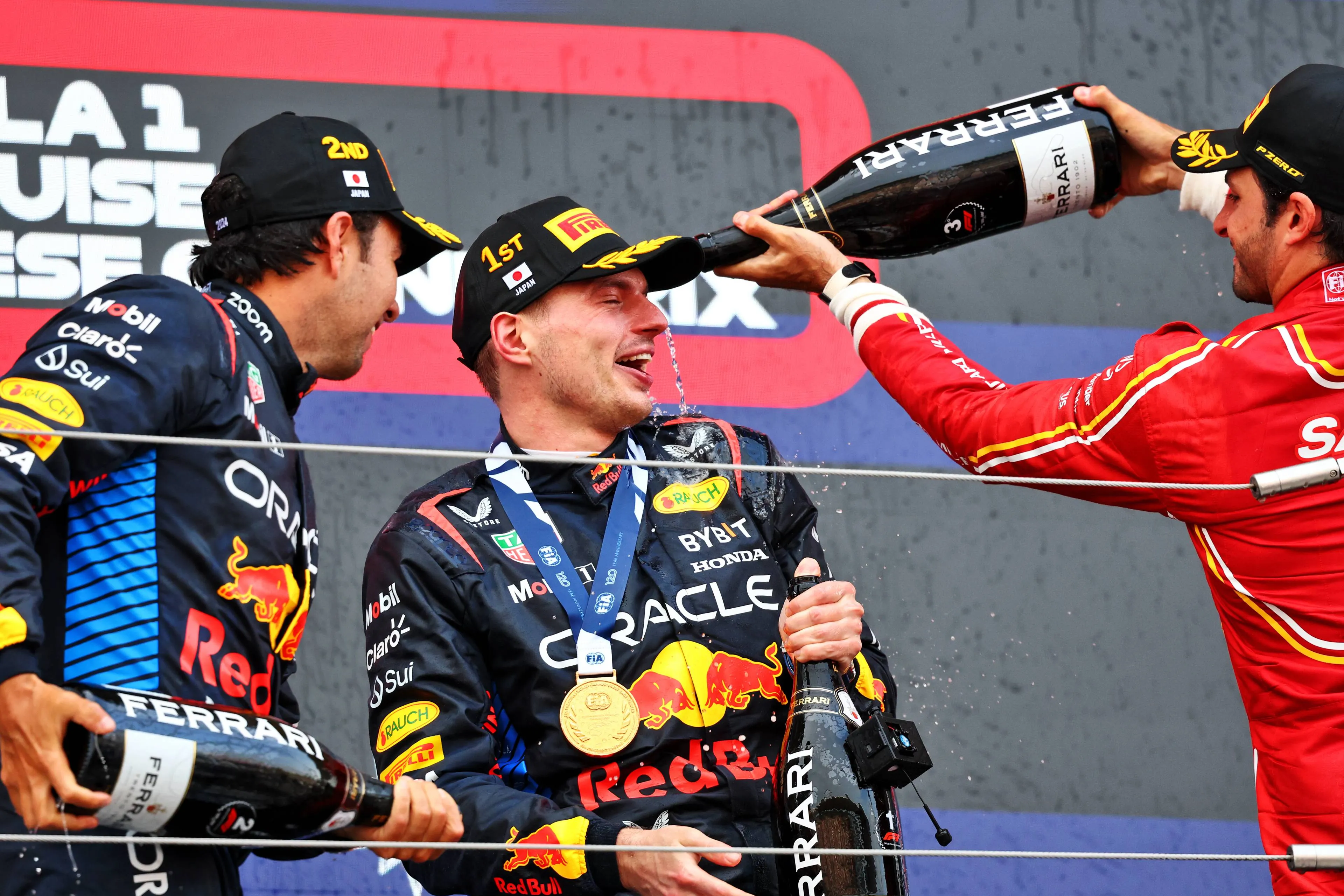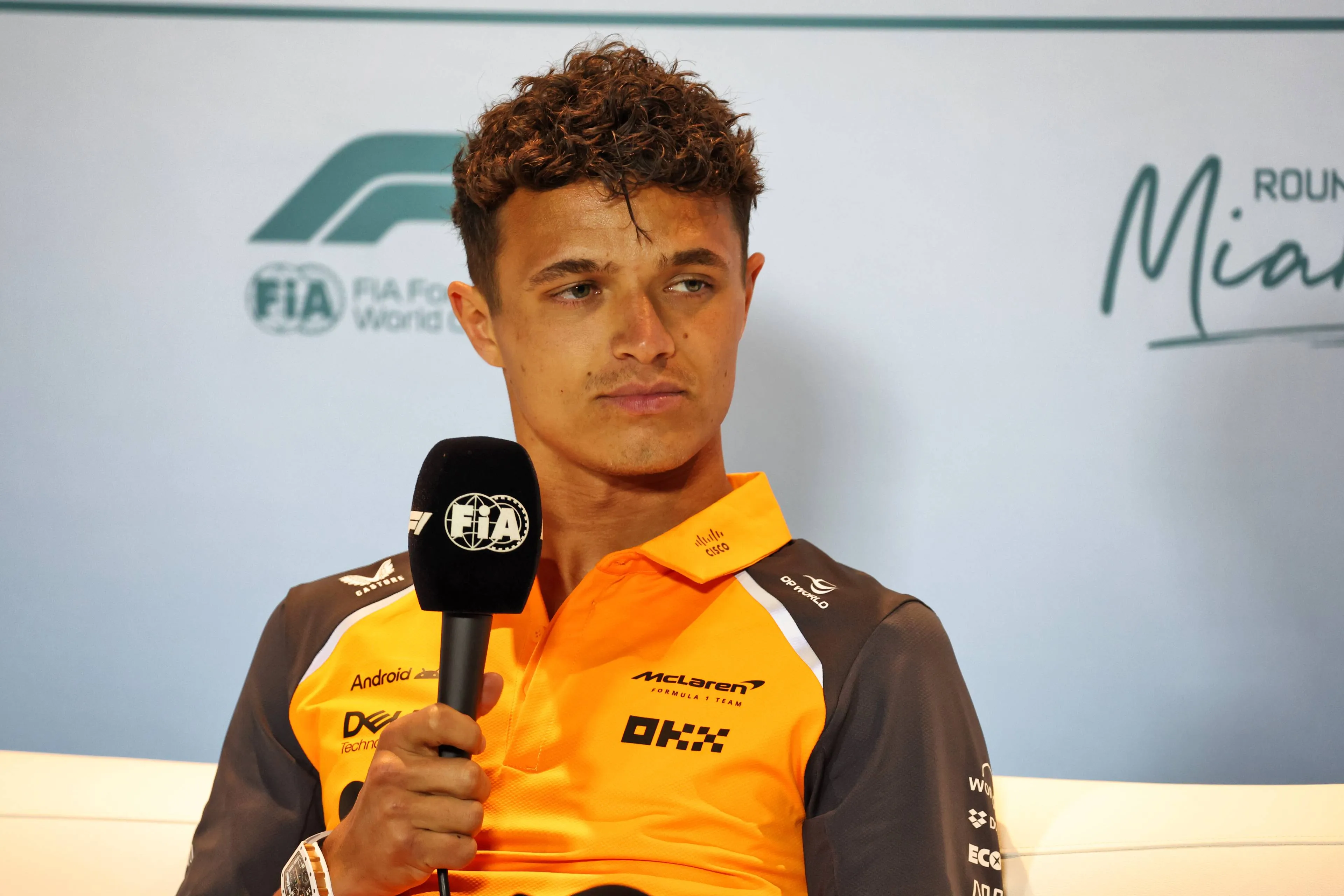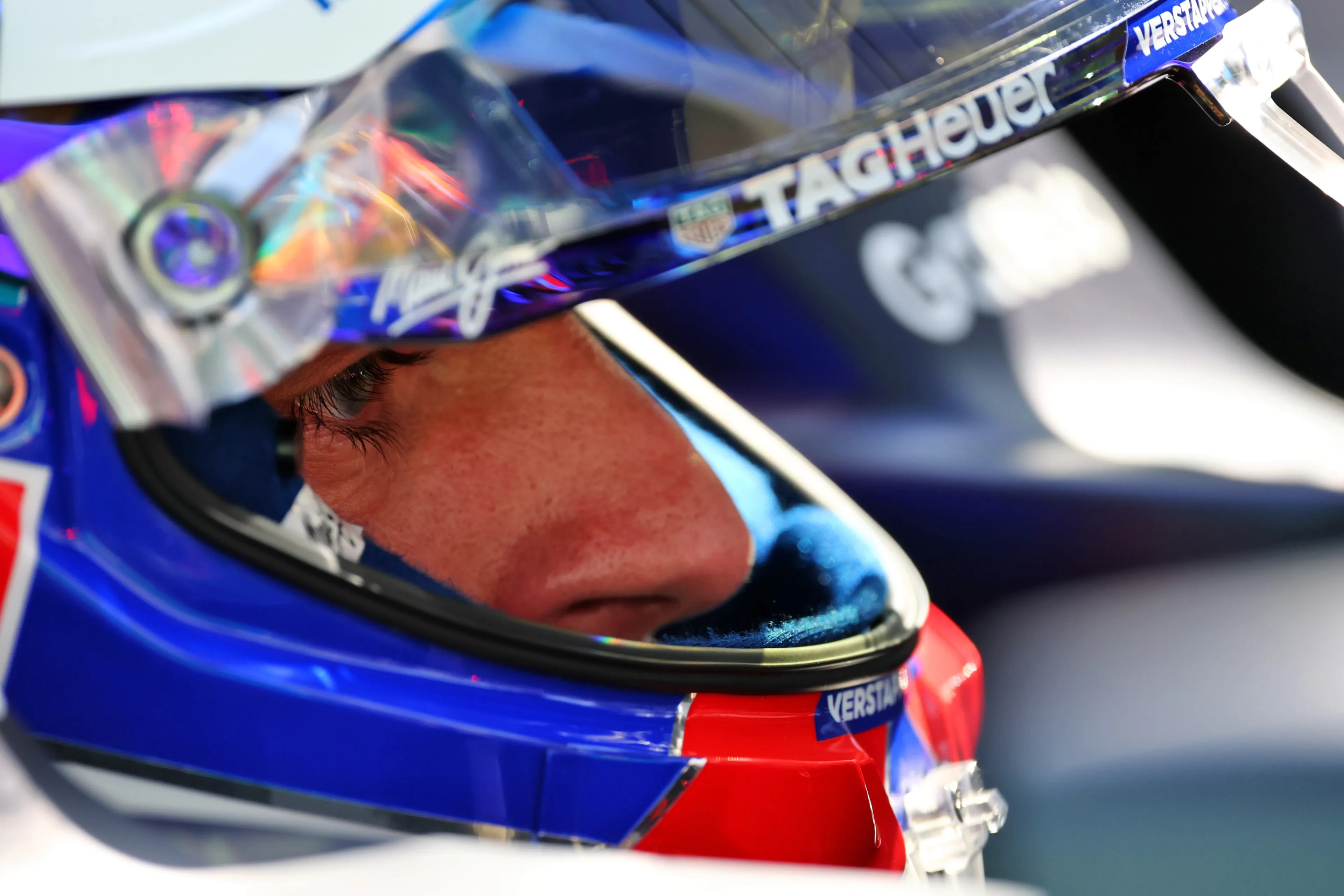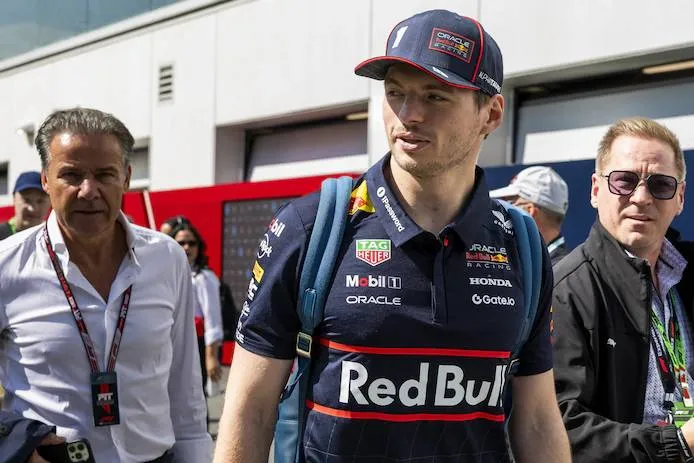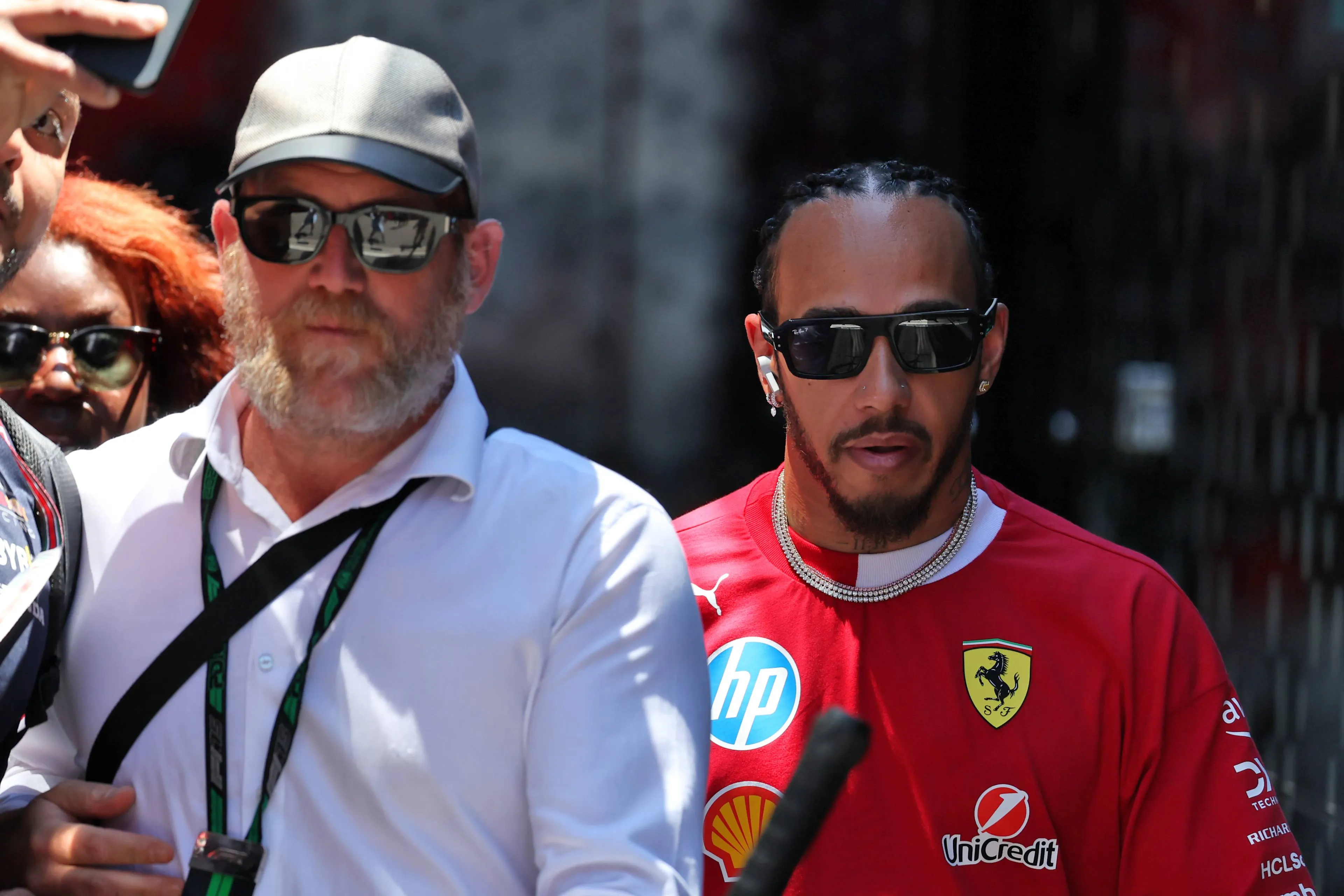Hello and welcome back to the final five days before Formula 1 racing returns with the Australian Grand Prix this Sunday! We’re so close to racing now and that means the countdown of our top 50 F1 drivers is also coming to a close. Yesterday in at number six was four-time champion Alain Prost, but at five is the great Juan Manuel Fangio.
One of the godfathers of Formula 1, Fangio was the dominant force during F1’s early years, winning five of the first eight titles, setting a number of records at the time.
Fangio began his career in F1 when the sport began, competing in the very first race at Silverstone, battling for the lead with Alfa Romeo teammates Nino Farina and Luigi Fagioli before retiring.
He did win the second race of the season in Monaco and then twice more in Belgium and France, but three DNFs allowed Farina to take the title.
For 1951 Alfa Romeo continued to be on top with their famous Alfettas and Fangio was rapid. He won the opening race in Switzerland and then shared a drive with Fagioli for another win in France.
Two second placed finishes put him in the best place to win the title, but a late surge from Alberto Ascari took it down to the final race. However Fangio had nothing to worry about, taking victory in Spain and the title.
Rule changes led to Alfa Romeo withdrawing from the sport for 1952 and left Fangio without a seat. He drove a Maserati for a non-championship event at Monza and had a nasty crash, breaking his neck and ruling him out of the season.
Fangio became a permanent Maserati driver in 1953, but early season retirements meant he couldn’t challenge Alberto Ascari for the title, despite a final round win in Italy.
He began the following season with Maserati, winning the first two rounds before switching to Mercedes. Four more wins followed as he completely dominated the season, winning four more races and wrapping up his second title with two rounds to spare.
Fangio remained top dog in 1955 with Mercedes, winning at home in Argentina and then in Belgium and the Netherlands. Several events were cancelled following the horrific crash at Le Mans, killing driver Pierre Levegh and over 80 spectators, but Fangio still secured the title.
Mercedes withdrew after the crash and Fangio joined Ferrari for 1956, sharing a win in Argentina and then winning again in Britain and Germany.
He got into trouble in the final race at Monza, only for teammate Peter Collins to give up his title challenge to allow team leader Fangio to take his car to the end. The pair shared second, giving Fangio his third title in succession.
1957 saw perhaps his biggest success. Having won the first three races, Fangio looked as if he was going to finish down the order at the Nürburgring after a pitstop, but went on an incredible run to break the lap record ten times and take one of F1’s greatest ever victories.
He won the title once again, his fifth, a record that wasn’t matched until Michael Schumacher grabbed his fifth title in 2002.
Fangio was a true trailblazer of F1, the sport’s first real superstar and a man that will always be talked about among the greats.
Read more about:
Rumors
Popular on GPBlog
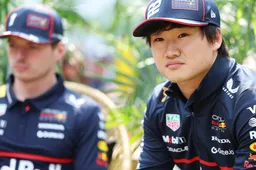
1
Red Bull bids farewell to Tsunoda, Verstappen to get new teammate
31982 times read

2
Yuki Tsunoda out of Red Bull: Who should be Verstappen's teammate?
2473 times read
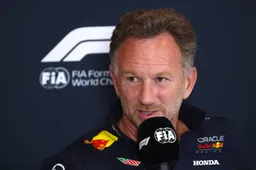
3
F1 Today | Horner's new backing and Red Bull's Goodwood crash
2300 times read
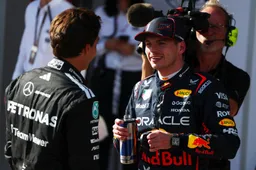
4
Russell follows in Verstappen's footsteps with the purchase of a lavish toy
1358 times read
